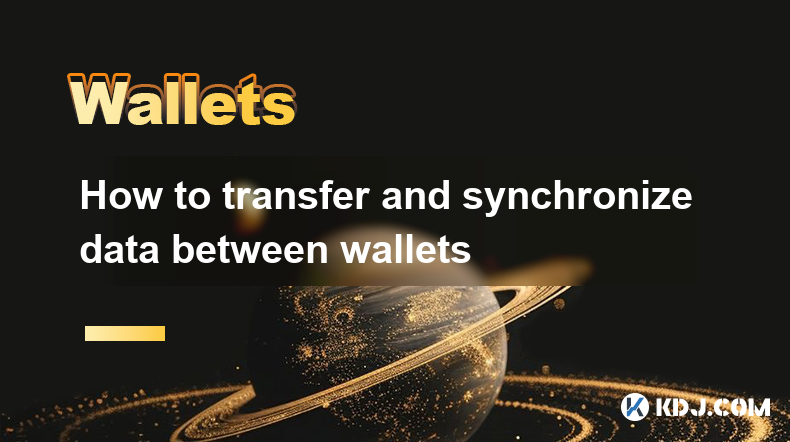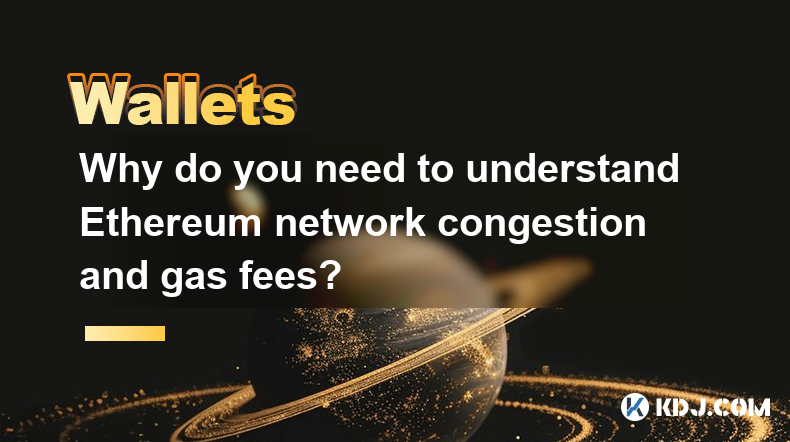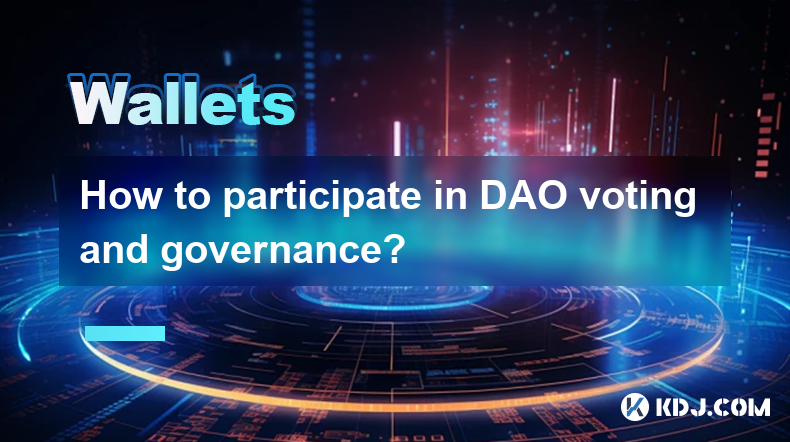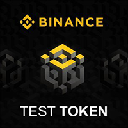-
 Bitcoin
Bitcoin $96,643.6553
0.91% -
 Ethereum
Ethereum $2,768.6102
4.64% -
 XRP
XRP $2.5850
0.85% -
 Tether USDt
Tether USDt $1.0001
0.07% -
 BNB
BNB $670.3467
3.98% -
 Solana
Solana $172.9712
2.98% -
 USDC
USDC $1.0001
0.00% -
 Dogecoin
Dogecoin $0.2468
3.37% -
 Cardano
Cardano $0.7757
1.84% -
 TRON
TRON $0.2361
-0.22% -
 Chainlink
Chainlink $17.8128
2.53% -
 Avalanche
Avalanche $25.8697
5.32% -
 Sui
Sui $3.4065
4.26% -
 Stellar
Stellar $0.3341
2.62% -
 Litecoin
Litecoin $126.8494
-0.36% -
 Toncoin
Toncoin $3.7288
4.54% -
 Shiba Inu
Shiba Inu $0.0...01567
4.17% -
 Hedera
Hedera $0.2165
2.14% -
 UNUS SED LEO
UNUS SED LEO $9.7185
-0.31% -
 Hyperliquid
Hyperliquid $24.7882
-0.62% -
 Polkadot
Polkadot $5.0655
-0.52% -
 MANTRA
MANTRA $7.5435
-0.43% -
 Bitcoin Cash
Bitcoin Cash $322.0500
2.62% -
 Bitget Token
Bitget Token $4.9553
4.83% -
 Ethena USDe
Ethena USDe $0.9995
0.16% -
 Uniswap
Uniswap $9.0787
4.29% -
 Dai
Dai $1.0001
0.02% -
 Monero
Monero $231.8651
1.42% -
 NEAR Protocol
NEAR Protocol $3.4975
5.97% -
 Pepe
Pepe $0.0...09670
5.31%
How to use a wallet to stake?
Staking cryptocurrency through a supported wallet enables earning passive income by holding digital assets in a dedicated virtual space for a specified duration.
Feb 22, 2025 at 09:06 am

How to Use a Wallet to Stake
Staking is a process of holding cryptocurrency in a wallet for a period of time to earn rewards. It is a way to earn passive income on your cryptocurrency holdings.
There are many different wallets that support staking, and each wallet has its own set of instructions. However, the general steps involved in staking are as follows:
- Get a wallet that supports staking.
- Buy some cryptocurrency and send it to your wallet.
- Choose a staking pool.
- Activate staking.
- Wait for rewards.
1. Get a Wallet That Supports Staking
The first step is to get a wallet that supports staking. There are many different wallets that support staking, and each wallet has its own set of features. Some popular wallets that support staking include:
- Binance
- Exodus
- Guarda
- Ledger Nano X
- MetaMask
- Trust Wallet
When choosing a wallet, you should consider the following factors:
- Security: The wallet should be secure and protect your cryptocurrency from unauthorized access.
- Support for staking: The wallet should support staking for the cryptocurrency that you want to stake.
- Fees: The wallet should have low fees for staking.
- Ease of use: The wallet should be easy to use and navigate.
2. Buy Some Cryptocurrency and Send It to Your Wallet
Once you have chosen a wallet, you need to buy some cryptocurrency and send it to your wallet. You can buy cryptocurrency on exchanges like Coinbase, Binance, or Kraken.
Once you have bought cryptocurrency, you need to send it to your wallet. The process for sending cryptocurrency to your wallet will vary depending on the wallet you are using. However, the general steps are as follows:
- Open your wallet and click on the "Receive" tab.
- Copy the wallet address.
- Go to the exchange where you bought the cryptocurrency and click on the "Withdraw" tab.
- Paste the wallet address into the "Recipient Address" field.
- Enter the amount of cryptocurrency that you want to withdraw.
- Click on the "Withdraw" button.
The cryptocurrency will be sent to your wallet within a few minutes.
3. Choose a Staking Pool
Once you have cryptocurrency in your wallet, you need to choose a staking pool. A staking pool is a group of people who pool their cryptocurrency together to stake. Staking pools increase the chances of earning rewards by increasing the amount of cryptocurrency that is staked.
There are many different staking pools to choose from, and each pool has its own set of rules. Some factors to consider when choosing a staking pool include:
- Pool size: The size of the pool affects the chances of earning rewards. Larger pools have a higher chance of earning rewards, but they also have more competition.
- Pool fees: Some pools charge fees for participating in the pool. These fees can reduce your rewards.
- Minimum stake: Some pools have a minimum stake requirement. This means that you need to have a certain amount of cryptocurrency in order to participate in the pool.
4. Activate Staking
Once you have chosen a staking pool, you need to activate staking. The process for activating staking will vary depending on the wallet you are using. However, the general steps are as follows:
- Open your wallet and click on the "Staking" tab.
- Select the cryptocurrency that you want to stake.
- Choose a staking pool from the list of available pools.
- Enter the amount of cryptocurrency that you want to stake.
- Click on the "Activate Staking" button.
The staking process will be activated and you will start earning rewards.
5. Wait for Rewards
Staking rewards are typically paid out on a regular basis, such as weekly or monthly. The amount of rewards that you earn will depend on the following factors:
- The amount of cryptocurrency that you are staking.
- The staking pool that you are participating in.
- The performance of the staking pool.
The rewards that you earn will be deposited into your wallet automatically.
FAQs
What is the difference between staking and mining?
Staking is a process of holding cryptocurrency in a wallet to earn rewards. Mining is a process of verifying transactions on a blockchain network and earning rewards.
What are the risks of staking?
The risks of staking include:
- The value of the cryptocurrency that you are staking could decrease.
- You could lose your cryptocurrency if the wallet or staking pool that you are using is hacked.
- You could lose your rewards if the staking pool that you are participating in does not perform well.
How do I choose the right staking pool?
When choosing a staking pool, you should consider the following factors:
- Pool size: The size of the pool affects the chances of earning rewards. Larger pools have a higher chance of earning rewards, but they also have more competition.
- Pool fees: Some pools charge fees for participating in the pool. These fees can reduce your rewards.
- Minimum stake: Some pools have a minimum stake requirement. This means that you need to have a certain amount of cryptocurrency in order to participate in the pool.
- Performance: The performance of the staking pool will affect the amount of rewards that you earn. You should research the performance of different staking pools before choosing one.
Disclaimer:info@kdj.com
The information provided is not trading advice. kdj.com does not assume any responsibility for any investments made based on the information provided in this article. Cryptocurrencies are highly volatile and it is highly recommended that you invest with caution after thorough research!
If you believe that the content used on this website infringes your copyright, please contact us immediately (info@kdj.com) and we will delete it promptly.
- DOGEai, TST, and BROCCOLI Are the Meme Coins Drawing Attention This Week
- 2025-02-23 05:00:25
- Bitcoin Mining Difficulty Will Drop In Upcoming Adjustment
- 2025-02-23 05:00:25
- Non-Custodial Banking: The Future of Finance Is Now
- 2025-02-23 04:50:25
- FINANCE REXAS (RXS): A PROMOTTE BASE PER LA CRESCITA FUTURA
- 2025-02-23 04:50:25
- Robert Kiyosaki Predicts 'Giant Crash' of Stocks, Bonds, Real Estate, Gold, Silver and Bitcoin, but Says BTC Will Recover First
- 2025-02-23 04:50:25
- XRP Price Eyes Recovery After 15.63% Drop, But Investors Choose Web3Bay’s $1.50M Presale
- 2025-02-23 04:50:25
Related knowledge

What are cold storage and hot storage? Which one is safer?
Feb 22,2025 at 03:18pm
Key Points:Cold storage and hot storage are two methods of storing cryptocurrencies.Cold storage involves storing cryptocurrencies offline, while hot storage involves storing them online.Cold storage is generally considered safer than hot storage, as it is not connected to the internet and is therefore less susceptible to hacking.Cold StorageCold storag...

How to synchronize wallets in multiple devices and browsers
Feb 22,2025 at 09:18am
Key Points:Understand the different types of cryptocurrency wallets and their synchronization capabilities.Learn how to synchronize hardware wallets with multiple devices.Discover the steps involved in synchronizing software wallets across platforms.Explore the options for synchronizing mobile wallets on different devices.Gain insight into browser exten...

How to deal with theft of wallets or the leak of mnemonic words?
Feb 23,2025 at 12:36am
Key PointsUnderstanding the Different Types of Wallet TheftSteps to Take If Your Wallet Is Stolen or Mnemonic Words LeakedPreventive Measures to Protect Your Crypto AssetsFrequently Asked QuestionsHow to deal with theft of wallets or the leak of mnemonic words?Understanding the Different Types of Wallet TheftHot Wallet Theft:Hot wallets are connected to...

How to transfer and synchronize data between wallets
Feb 21,2025 at 12:25pm
Key Points:Understanding different wallet types and their capabilitiesIdentifying similarities and differences between walletsExploring options for transferring and synchronizing dataEnsuring data security and integrity during transferAddressing common challenges and troubleshooting tipsHow to Transfer and Synchronize Data Between Cryptocurrency Wallets...

Why do you need to understand Ethereum network congestion and gas fees?
Feb 21,2025 at 04:48am
Key PointsUnderstanding Ethereum Network Congestion and Gas FeesGas Fees ExplainedFactors Affecting Network CongestionStrategies for Minimizing Gas FeesImpact of Ethereum UpgradesUnderstanding Ethereum Network Congestion and Gas FeesThe Ethereum network is a decentralized platform that hosts a vast ecosystem of decentralized applications (dApps), non-fu...

How to participate in DAO voting and governance?
Feb 21,2025 at 03:42pm
Key Points:Overview of DAO Voting and GovernanceUnderstanding DAO Structures and MembershipRole of DAO Tokens and Voting RightsParticipating in Voting and Proposal SubmissionLeveraging Governance Tools and PlatformsImpact of Voting Participation on DAO OutcomesBest Practices for Effective DAO GovernanceHow to Participate in DAO Voting and Governance1. U...

What are cold storage and hot storage? Which one is safer?
Feb 22,2025 at 03:18pm
Key Points:Cold storage and hot storage are two methods of storing cryptocurrencies.Cold storage involves storing cryptocurrencies offline, while hot storage involves storing them online.Cold storage is generally considered safer than hot storage, as it is not connected to the internet and is therefore less susceptible to hacking.Cold StorageCold storag...

How to synchronize wallets in multiple devices and browsers
Feb 22,2025 at 09:18am
Key Points:Understand the different types of cryptocurrency wallets and their synchronization capabilities.Learn how to synchronize hardware wallets with multiple devices.Discover the steps involved in synchronizing software wallets across platforms.Explore the options for synchronizing mobile wallets on different devices.Gain insight into browser exten...

How to deal with theft of wallets or the leak of mnemonic words?
Feb 23,2025 at 12:36am
Key PointsUnderstanding the Different Types of Wallet TheftSteps to Take If Your Wallet Is Stolen or Mnemonic Words LeakedPreventive Measures to Protect Your Crypto AssetsFrequently Asked QuestionsHow to deal with theft of wallets or the leak of mnemonic words?Understanding the Different Types of Wallet TheftHot Wallet Theft:Hot wallets are connected to...

How to transfer and synchronize data between wallets
Feb 21,2025 at 12:25pm
Key Points:Understanding different wallet types and their capabilitiesIdentifying similarities and differences between walletsExploring options for transferring and synchronizing dataEnsuring data security and integrity during transferAddressing common challenges and troubleshooting tipsHow to Transfer and Synchronize Data Between Cryptocurrency Wallets...

Why do you need to understand Ethereum network congestion and gas fees?
Feb 21,2025 at 04:48am
Key PointsUnderstanding Ethereum Network Congestion and Gas FeesGas Fees ExplainedFactors Affecting Network CongestionStrategies for Minimizing Gas FeesImpact of Ethereum UpgradesUnderstanding Ethereum Network Congestion and Gas FeesThe Ethereum network is a decentralized platform that hosts a vast ecosystem of decentralized applications (dApps), non-fu...

How to participate in DAO voting and governance?
Feb 21,2025 at 03:42pm
Key Points:Overview of DAO Voting and GovernanceUnderstanding DAO Structures and MembershipRole of DAO Tokens and Voting RightsParticipating in Voting and Proposal SubmissionLeveraging Governance Tools and PlatformsImpact of Voting Participation on DAO OutcomesBest Practices for Effective DAO GovernanceHow to Participate in DAO Voting and Governance1. U...
See all articles

















































































